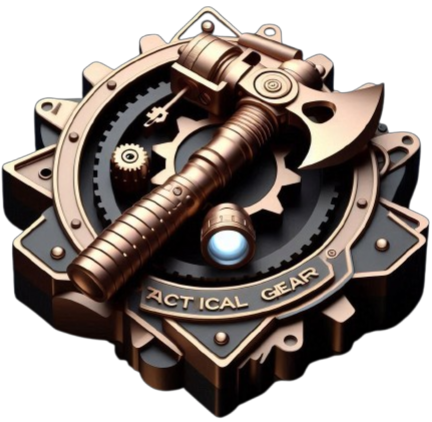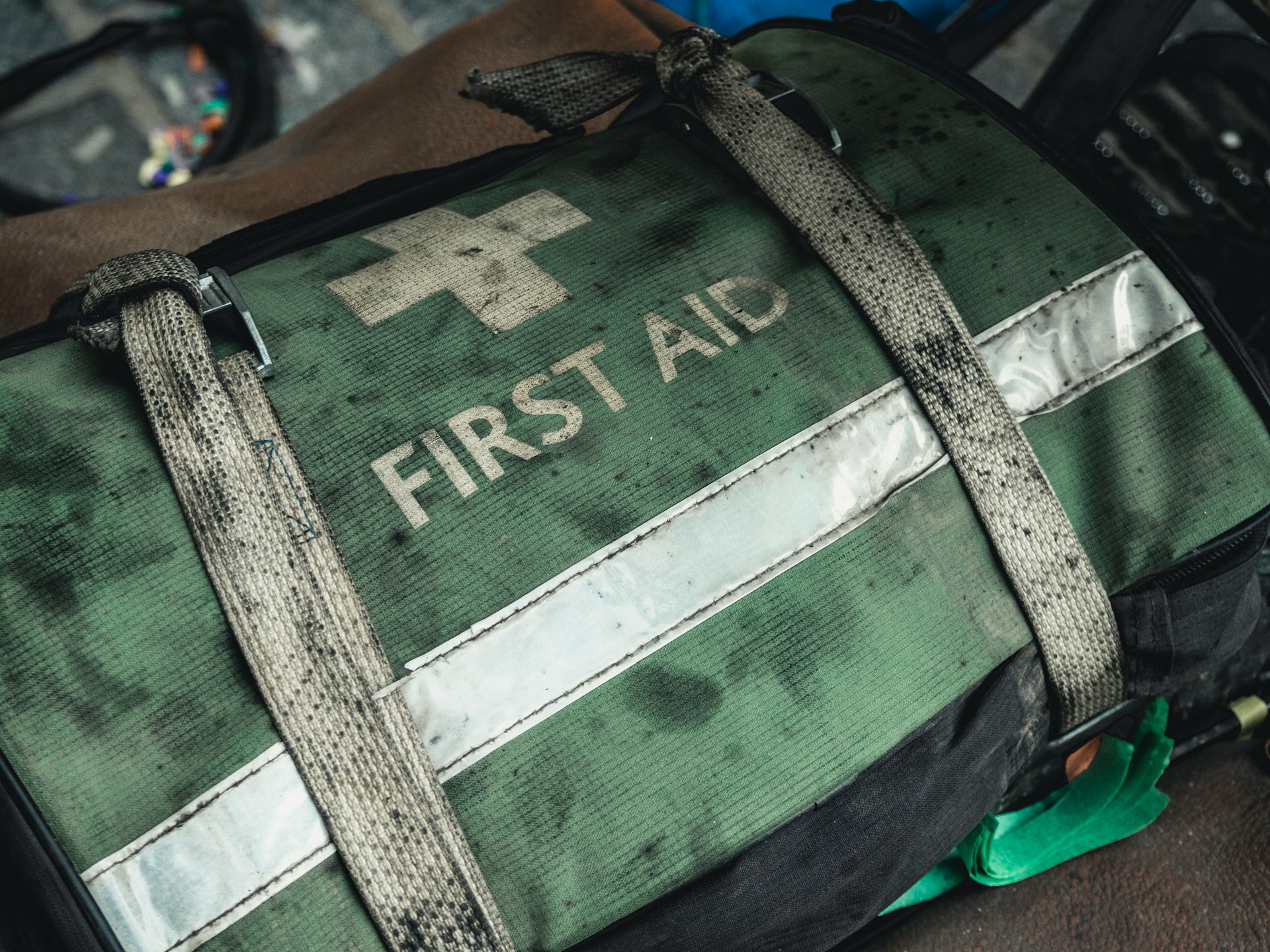When disaster strikes, having a tactical first aid kit can mean the difference between life and death. Whether you’re out in the wilderness, on a long road trip, or preparing for unforeseen emergencies, a well-packed first aid kit is an essential component of your survival gear. Unlike a standard kit, a tactical first aid kit is tailored for high-stress scenarios, offering tools and supplies for more advanced medical care.
If you’re ready to assemble your own tactical first aid kit, here’s a comprehensive guide to help you create one that’s practical, portable, and purpose-driven.
Why You Need a Tactical First Aid Kit
A tactical first aid kit is more than just a collection of bandages and ointments—it’s a lifeline in critical situations. Its purpose is to provide immediate medical care, stabilize injuries, and sustain life until professional help arrives. Unlike standard kits, a tactical first aid kit is designed for emergency scenarios that may involve trauma, severe bleeding, or challenging environments.
This type of kit is essential for:
- Outdoor enthusiasts (hikers, campers, hunters)
- Survivalists and preppers
- First responders
- Travelers exploring remote areas
- Anyone committed to readiness
What to Include in Your Tactical First Aid Kit
While the contents of your kit will vary based on your needs and level of training, there are several core categories of medical supplies to include. Here’s a breakdown of the essentials:
1. Trauma Care Supplies
Trauma care is a critical aspect of tactical first aid. These supplies are designed to control bleeding, address severe injuries, and manage shock:
- Tourniquet: A must-have for stopping life-threatening arterial bleeding. Opt for a high-quality, combat-proven tourniquet.
- Hemostatic Gauze: Used to promote rapid clotting in deep wounds.
- Israeli Bandage/Compression Bandage: Effective for controlling moderate to severe bleeding.
- Chest Seals: Essential for treating penetrating chest injuries and preventing tension pneumothorax.
- SAM Splint: A lightweight and moldable splint for stabilizing broken bones.
2. Wound Care and Minor Injuries
For smaller cuts, abrasions, and non-life-threatening injuries, include the following:
- Adhesive Bandages: Various sizes for minor cuts and scrapes.
- Sterile Gauze Pads: For dressing larger wounds.
- Medical Tape: Used to secure bandages or gauze.
- Antiseptic Wipes or Solution: To clean wounds and prevent infection.
- Butterfly Closures or Steri-Strips: For closing small, shallow lacerations.
3. Medications and Ointments
Pack over-the-counter medications and topical treatments to address common ailments:
- Pain Relievers: Ibuprofen or acetaminophen for pain and inflammation.
- Antihistamines: For allergic reactions, such as Benadryl.
- Antibiotic Ointment: To prevent wound infections.
- Burn Gel: For treating minor burns.
- Anti-Diarrheal Tablets: To manage dehydration caused by diarrhea.
- Electrolyte Powder: To replenish fluids lost in extreme conditions.
4. Diagnostic Tools
Monitor and assess the condition of the injured with these tools:
- Nitrile Gloves: To maintain a sterile environment and protect yourself.
- Trauma Shears: For cutting through clothing or medical tape.
- Thermometer: To check for fever.
- Penlight: Useful for checking pupil response or illuminating injuries.
5. Respiratory and Airway Management
Airway support is critical in emergencies involving breathing difficulties:
- CPR Mask: For providing rescue breaths while maintaining safety.
- Nasopharyngeal Airway (NPA): Used to secure an open airway.
6. Emergency Items
Prepare for a variety of scenarios with these additional items:
- Emergency Blanket: For preventing hypothermia.
- Duct Tape: Multipurpose for securing splints, sealing wounds, and more.
- Sharpie Marker: To write important details like tourniquet application time.
- First Aid Manual: A compact guide for handling emergencies if you’re unsure.
How to Organize Your Tactical First Aid Kit
A cluttered or poorly organized kit can waste precious time in emergencies. Use the following tips to keep your supplies accessible and easy to manage:
- Choose the Right Bag: Use a durable, waterproof bag with multiple compartments. Tactical pouches with MOLLE (Modular Lightweight Load-carrying Equipment) compatibility are great for attaching to backpacks or belts.
- Categorize Supplies: Divide your items into categories (e.g., trauma care, wound care, medications) and store them in separate compartments or zip-lock bags. Label each section for quick identification.
- Place Critical Items on Top: Keep life-saving tools like the tourniquet and hemostatic gauze in easily accessible spots. In high-pressure situations, you’ll want these items within reach.
- Regularly Inspect and Restock: Check your kit periodically to ensure supplies are not expired or damaged. Replace used items immediately.
Customize Your Kit
Everyone’s needs are different, so customize your kit based on your personal circumstances:
- Skill Level: Only include items you’re trained to use. For example, if you’re not trained in using NPAs or tourniquets, consider taking a first aid or trauma course.
- Environment: Adapt your kit to your typical environment, whether it’s urban, wilderness, or remote.
- Specific Needs: Account for allergies, chronic medical conditions, or family members’ needs.
Tips for Using Your Tactical First Aid Kit
Owning a tactical first aid kit is only half the equation—you also need the knowledge and confidence to use it. Here are some tips to maximize its effectiveness:
- Get Trained: Enroll in first aid and trauma response courses to familiarize yourself with medical procedures.
- Practice Regularly: Rehearse scenarios to build muscle memory and reduce panic during real emergencies.
- Stay Calm: In stressful situations, take a deep breath, assess the situation, and follow your training.
A tactical first aid kit is an indispensable part of your emergency preparedness gear. By assembling a well-rounded kit with trauma care supplies, medications, wound care essentials, and diagnostic tools, you’ll be ready to tackle a wide range of medical emergencies. Organize your kit thoughtfully, customize it to your unique needs, and invest in the skills required to use it effectively. With the right tools and training, you can face emergencies with confidence and provide critical care when it matters most. Stay prepared, stay safe, and remember that readiness starts with you.


Leave a Reply